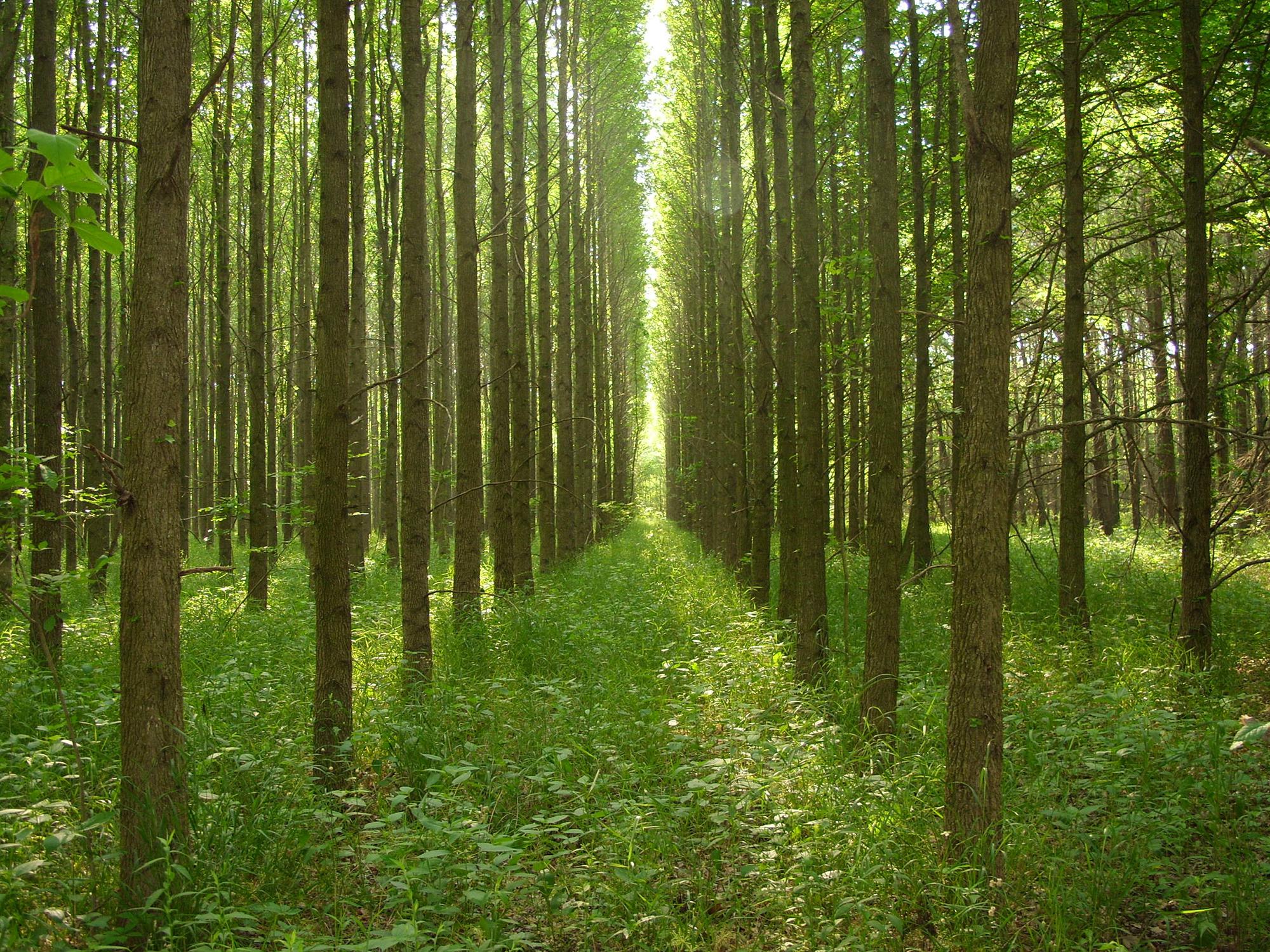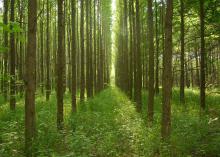Information Possibly Outdated
The information presented on this page was originally released on June 14, 2019. It may not be outdated, but please search our site for more current information. If you plan to quote or reference this information in a publication, please check with the Extension specialist or author before proceeding.
Sweetgum trees aid hardwood growth
STARKVILLE, Miss. -- Although sweetgum is not considered a highly desirable species today, it was once a very favored species. Old-growth sweetgum produces heartwood with a much-appreciated reddish color (also known as red gum), and it is even more desirable if the wood is figured.
We may not value sweetgum as much as some oak species, such as cherrybark, Shumard and white oak, but it is still valuable. Sweetgum is used in the pulp and paper industry and as a source of veneer and lumber. It is also used to make mats for building temporary roads in areas of oil and gas exploration. In addition, it is one of the most environmentally adaptable hardwood species found on both upland and bottomland sites.
Sweetgum can be grown in either pure plantations or in mixtures with a variety of other hardwoods. While genetic advancements have improved second-generation seedlings, sweetgum is less likely to be grown in plantations. Instead, it is used as a trainer tree in oak plantations. The development of hybrid sweetgum -- resulting from a cross between American and Asian sweetgum -- has demonstrated hybrid vigor and can be used to produce exceptional volume gains for biomass production.
Research has shown that oak-on-oak competition in plantations does not lead to quality oak trees. It generally leads to larger branch sizes and poor crown differences. However, when sweetgum is appropriately mixed with oak, it shades the oak stem just enough to reduce the growth of large branches and forces it to grow a straighter stem. Eventually, the oak will overtop the sweetgum, allowing the crown to expand. The resulting oak crown expansion will result in acorn production, thus enhancing the wildlife value of the stand.
Some of the sweetgums will survive and grow as large as the oaks. This by no means is a negative aspect, as the older sweetgum has excellent market potential.
In addition, the seed of sweetgum also has good wildlife value and is eaten by numerous birds, squirrels and some waterfowl. As the plantation ages, the value of the surviving sweetgum comes into play once again as it will provide the ability to move the stand from a plantation to a natural stand.

Editor’s Note: Extension Outdoors is a column authored by several different experts in the Mississippi State University Extension Service.






